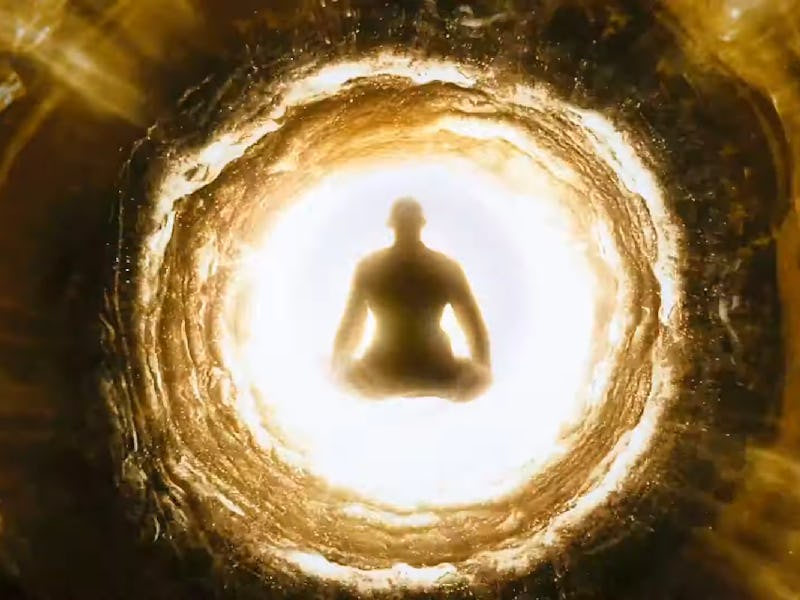15 years ago, Darren Aronofsky pushed sci-fi cinema past its breaking point
The Fountain premiered 15 years ago today to mostly bad reviews. Were the critics right?

Hugh Jackman stands alone in a dark laboratory. Then, suddenly, he’s someone else in a new location almost beyond description: a tree drenched in light shooting through the clouds and into the stratosphere.
The Fountain isn’t a plot-driven movie. Darren Aronofsky’s 2006 film may be his weirdest of all time, which is saying a lot for the guy behind Black Swan, Requiem for a Dream, and Mother! But The Fountain defies cinema itself. Despite both science fiction and fantasy elements, it often feels more like abstract art than anything else.
Much of the movie, including the scene described above (and embedded below), is beautiful, but much of The Fountain feels unnecessary or even indulgent.
Film critics at the time were harsh as well. The Fountain has a Rotten Tomatoes score of 52 percent (74 from audiences) with reviewers calling it “maddeningly, uproariously wrong” and “the movie equivalent of a prog-rock double album.”
But with the gift of hindsight and the knowledge of where Aronofsky’s career was headed as he transitioned from cult indie staple to Hollywood auteur, is it worth revisiting the arguable low point of his career? The answer, unfortunately, is not. Here’s why The Fountain failed.
Hugh Jackman’s characters: The Conquistador, Dr. Thomas Creo, and The Space Traveler.
The Fountain weaves three different narratives from different time periods. The first follows a Spanish Conquistador's quest to find the Tree of Life in the 16th century. The second exists in the present day where a doctor tries to cure his dying wife. In the third, a space traveler in a glass dome tends to an old tree in a futuristic setting. Hugh Jackman plays all three of the main characters.
The “real story” of The Fountain is its present-day narrative. Dr. Thomas Creo desperately tries to save his dying wife (Rachel Weisz) by seeking a cure for her brain tumor, using whatever medical means possible — namely an unapproved compound from a mysterious tree discovered in Guatemala.
Thomas’s wife, Izzi, has made peace with her impending demise, but he isn’t ready to accept it. All Izzi wants is to be with her husband during her last days, but Thomas often gets so caught up in his research to save his wife he neglects to actually spend time with her.
During her last days, Izzi has written a novel, The Fountain, about the legendary Fountain of Youth. She knows she can’t complete the book, and her final request is for Thomas to finish it when she is gone.
The Tree of Life from Izzi’s novel, The Fountain.
While the movie never explicitly says so, it seems clear the scenes of the 16th-century Conquistador are depictions of Izzi’s novel. However, the third narrative is much more mysterious.
My own interpretation is that the futuristic plot takes place in Thomas’s own head. He imagines himself as a space traveler with the Tree of Life, voyaging to the Xibalba nebula where he believes he will be reunited with Izzi. Put another way, it’s his way of coming to terms with his wife’s passing.
That’s a lot of mental leaps to make to explain the plot, though, and most reviews of the film focus on just how convoluted, confusing, and distracting it is. Plenty of other heady movies (including Aronofsky’s own work) prove you can make the audience think while also telling a coherent story.
Hugh Jackman/Thomas Creo as the Space Traveler.
Stories don’t have to be complicated in order to be deep or to provoke introspection in their audience. A simpler story can do that just as well, if not even better. It would give the audience more of a chance to actually meditate on these themes of grief rather than having to mentally jump from one bizarre narrative to another.
Aronofsky had a great theme in mind but got caught up trying to make the film more complex than it needed to be just so he could prove how “artsy” he could be.